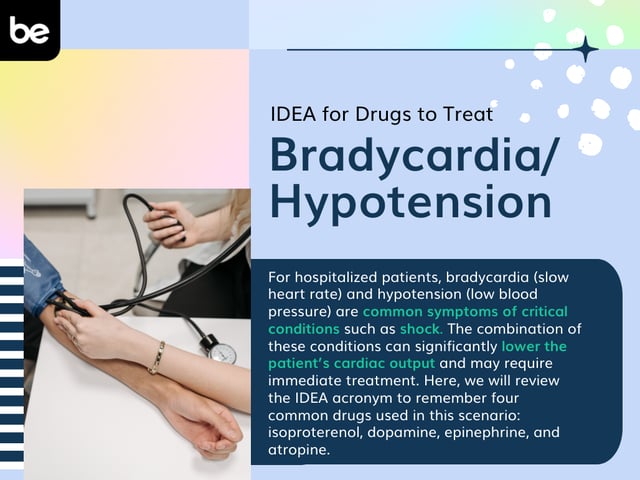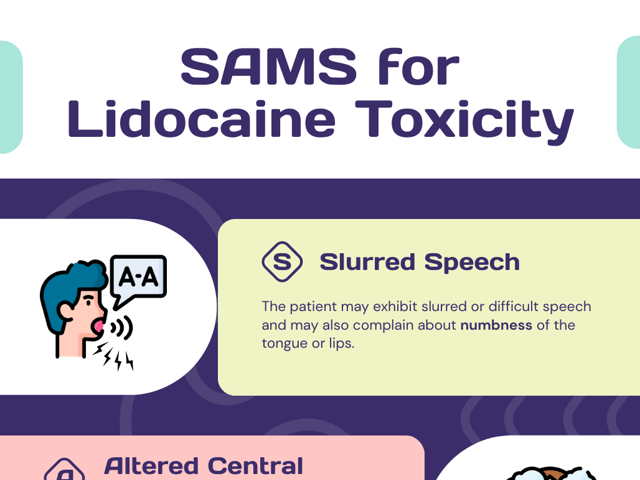Test Prep Resources for the NCLEX-RN Exam
Posts ‐ Page 1

National Council Licensure Examination-Registered Nurse Blog
What is the NCLEX Next Generation (NGN) Exam?
If you’re interested in becoming a registered nurse, you likely know th…

National Council Licensure Examination-Registered Nurse Blog
IDEA for Drugs to Treat Bradycardia/Hypotension
For hospitalized patients, bradycardia (slow heart rate) and hypotensio…

National Council Licensure Examination-Registered Nurse Blog
SAMS for Lidocaine Toxicity
Lidocaine is a commonly used local anesthetic drug and can be used for …

National Council Licensure Examination-Registered Nurse Blog
The Most Common Question Types on the NCLEX-RN Exam
Did you know over 6 million nursing hopefuls have taken an NCLEX exam? …

National Council Licensure Examination-Registered Nurse Blog
What’s the Passing Rate for the NCLEX-RN?
Are you a recent nursing school graduate? If so, chances are you’re pre…

National Council Licensure Examination-Registered Nurse Blog
How to Write a Nursing Care Plan
Care plans are essential for the work of nurses. Care plans help nurses…
